Common Rebar Placement Mistakes and How to Avoid Them
Common Mistakes in Rebar Placement for Footings
Rebar plays a crucial role in the structural integrity of construction projects. However, common mistakes in rebar placement for footings can lead to significant structural problems. This article explores these errors and offers practical solutions to avoid them.
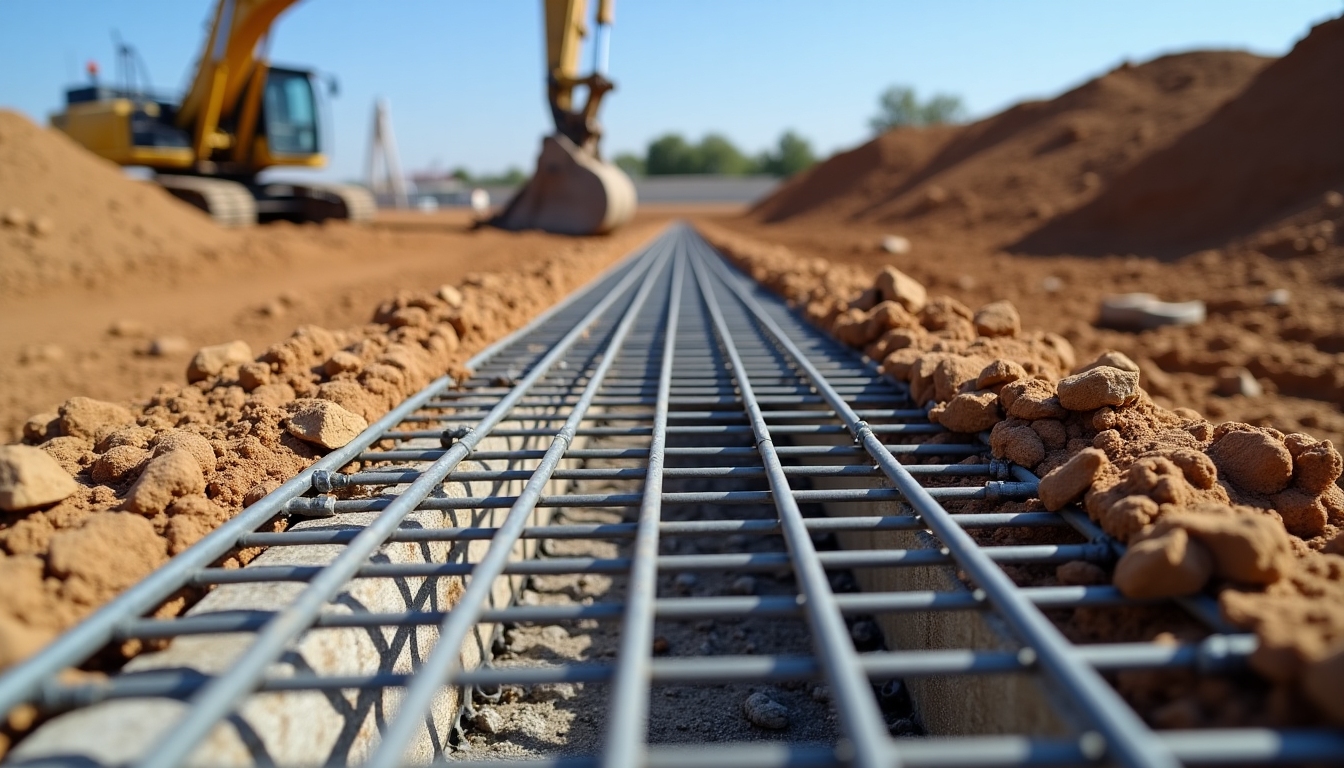
Understanding the Importance of Correct Rebar Placement
Reinforcement bars, or rebar, strengthen concrete by absorbing tensile and compressive stresses that unreinforced concrete simply cannot handle. When improperly placed in footings, the stability of the entire structure is compromised. This often results in costly repairs or dangerous living conditions.
- Fact: When rebar is correctly placed, the overall strength and longevity of the foundation increases significantly.
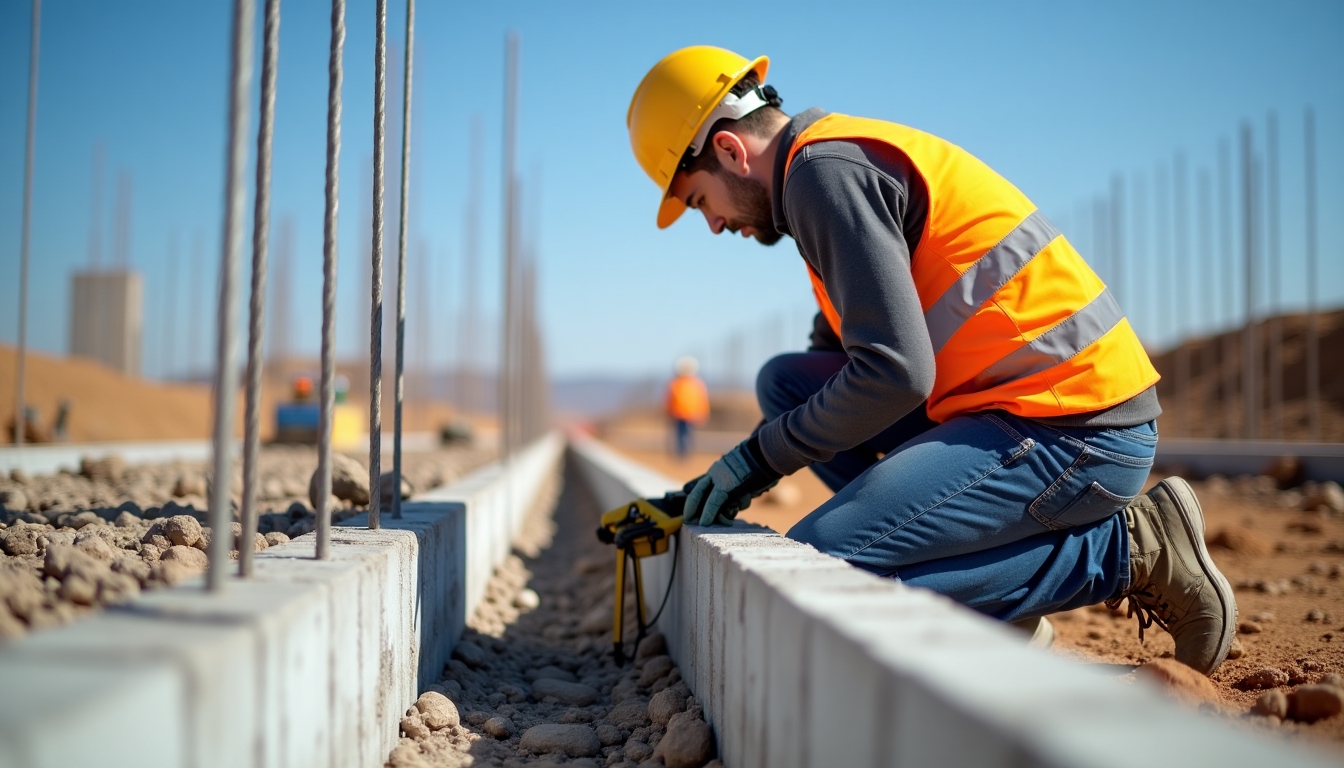
Mistake 1: Incorrect Spacing
One of the most prevalent mistakes is incorrect spacing of the rebar. If bars are too close, concrete may not flow appropriately around them, causing weak points. Conversely, bars that are too far apart may not provide adequate support.
- Tip: Follow your local building codes and a professional's advice to determine the correct spacing for rebar. Using a rebar chart can simplify the process.
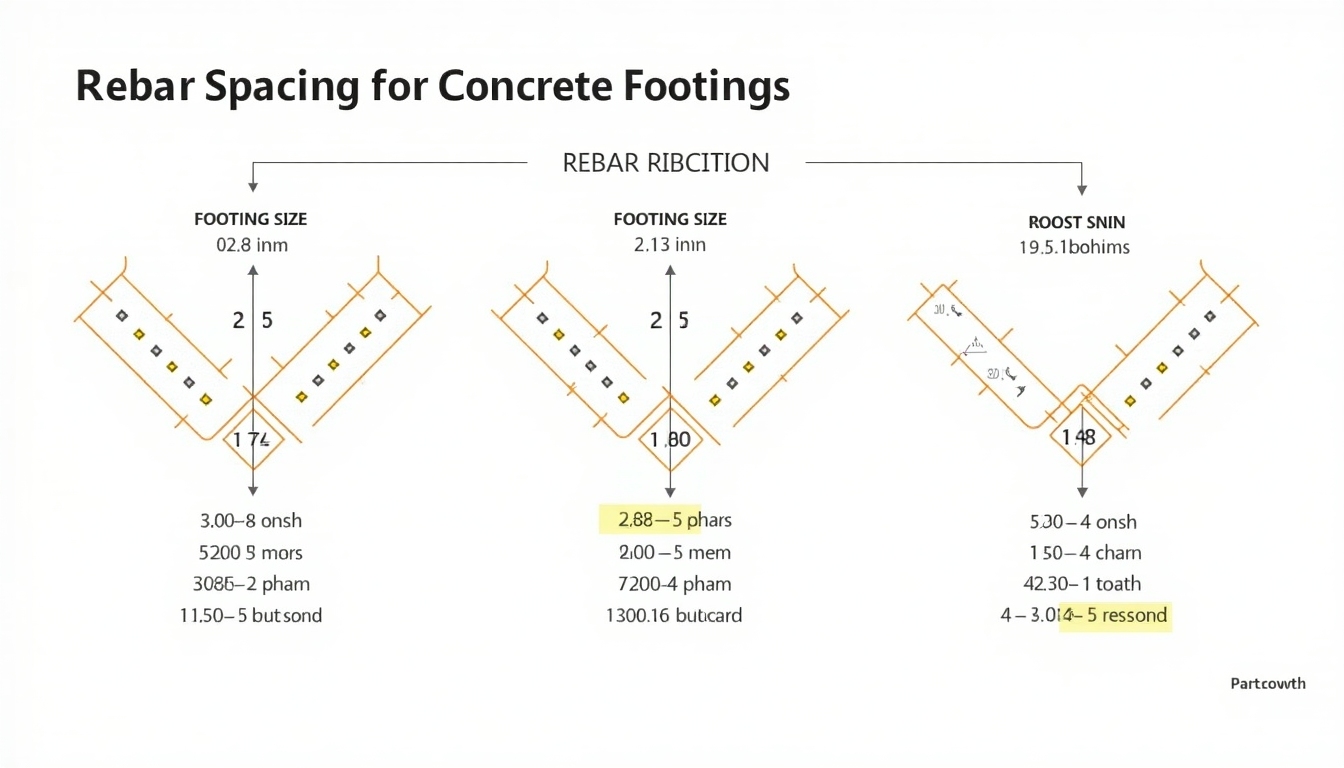
Mistake 2: Insufficient Overlap
Overlapping, or splicing, is critical for ensuring strength at rebar intersections. Many builders either overlap too much, wasting material, or too little, which can lead to weak joins.
- Solution: The standard industry practice is to overlap rebar by at least 30 times the diameter of the rebar used to maintain strength and stability.
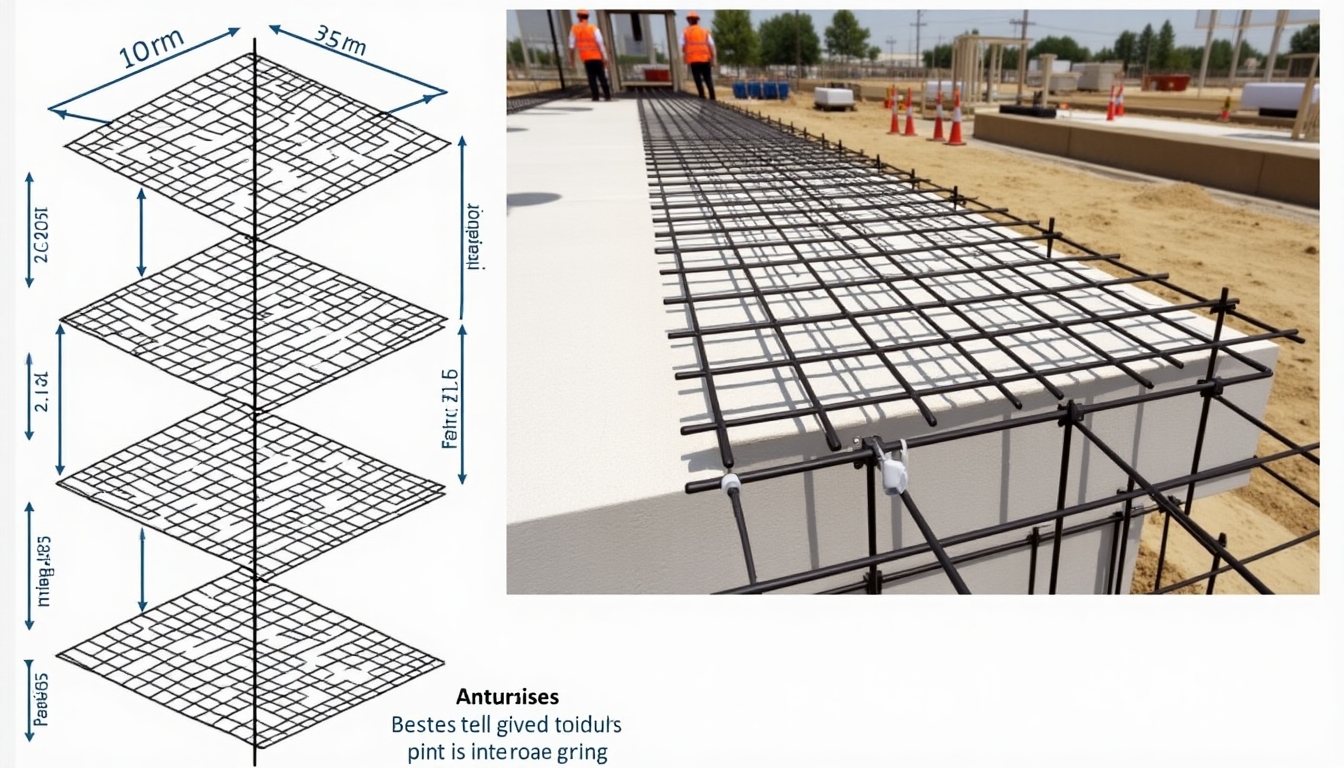
Mistake 3: Incorrect Rebar Size
Selecting the wrong rebar size can weaken the footing's integrity. Smaller bars might not support the load, while oversized bars are difficult to work with and more costly.
- Recommendation: Footing calculations are essential. Use structural plans and consult with an engineer when in doubt to choose the appropriate size.
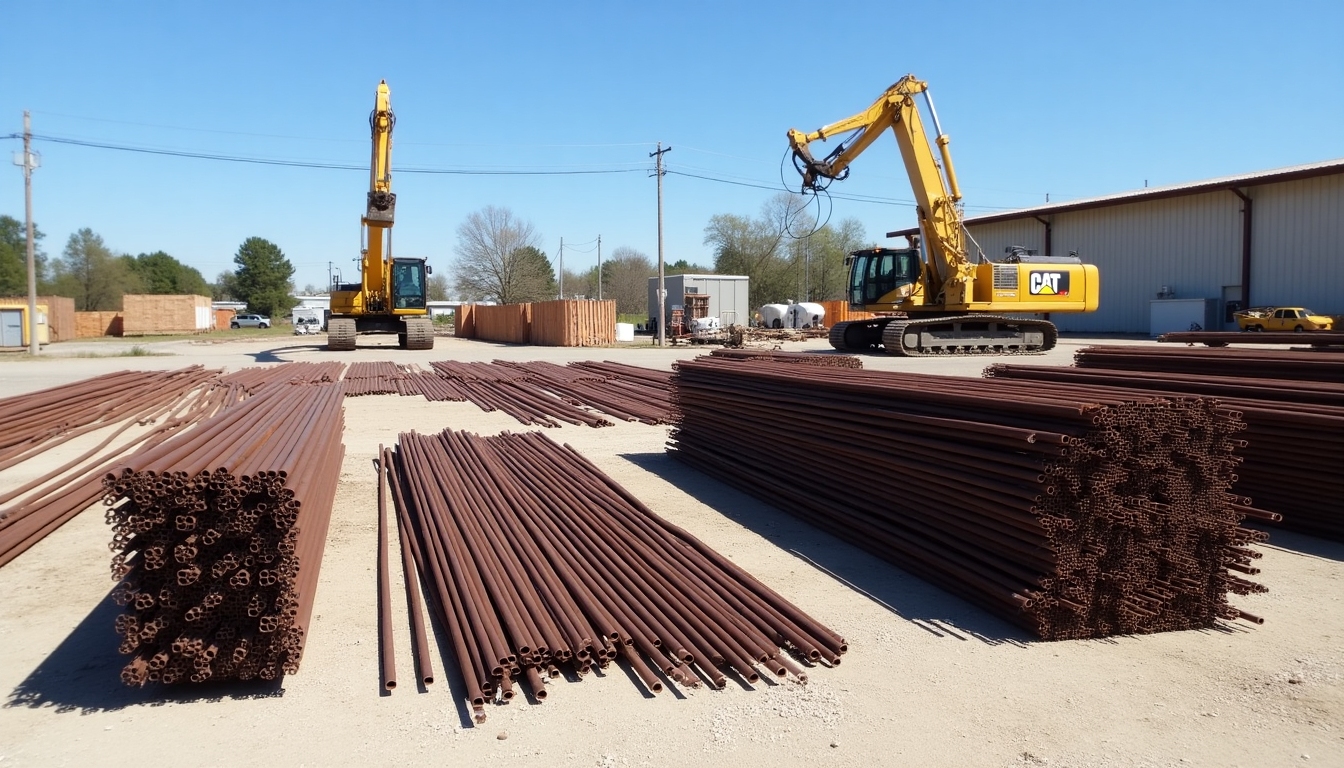
Personal Insights and Tips
During a recent project, our team faced challenges with rebar corrosion due to poor handling and storage before use. This experience underscored the importance of protecting rebar from elements and contamination until it's ready to be placed.
- Actionable Insight: Store rebar on raised platforms and cover with waterproof tarps to protect against moisture and rust.
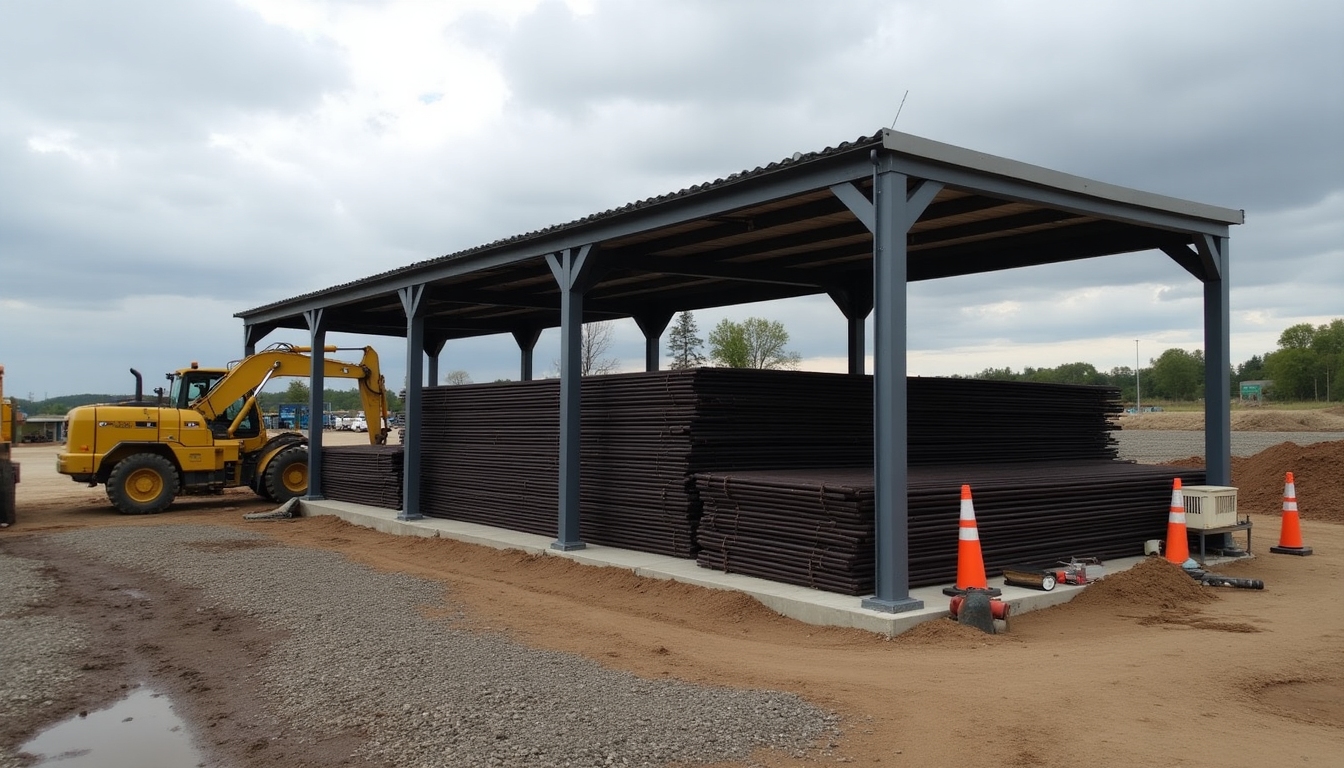
Conclusion
Avoiding common mistakes in rebar placement for footings is essential for the safety and longevity of any building. Correct spacing, proper overlapping, and appropriate sizing are key to a stable foundation. Remember, consultation with professionals and adhering to building codes is always recommended.
Recommended Reading
To further enhance your understanding and skills, consider exploring the following topics:
- Understanding Concrete Mixing Ratios for Footing Stability
- Safe Storage Practices for Construction Materials
- Building Code Essentials: A Guide for Beginners





